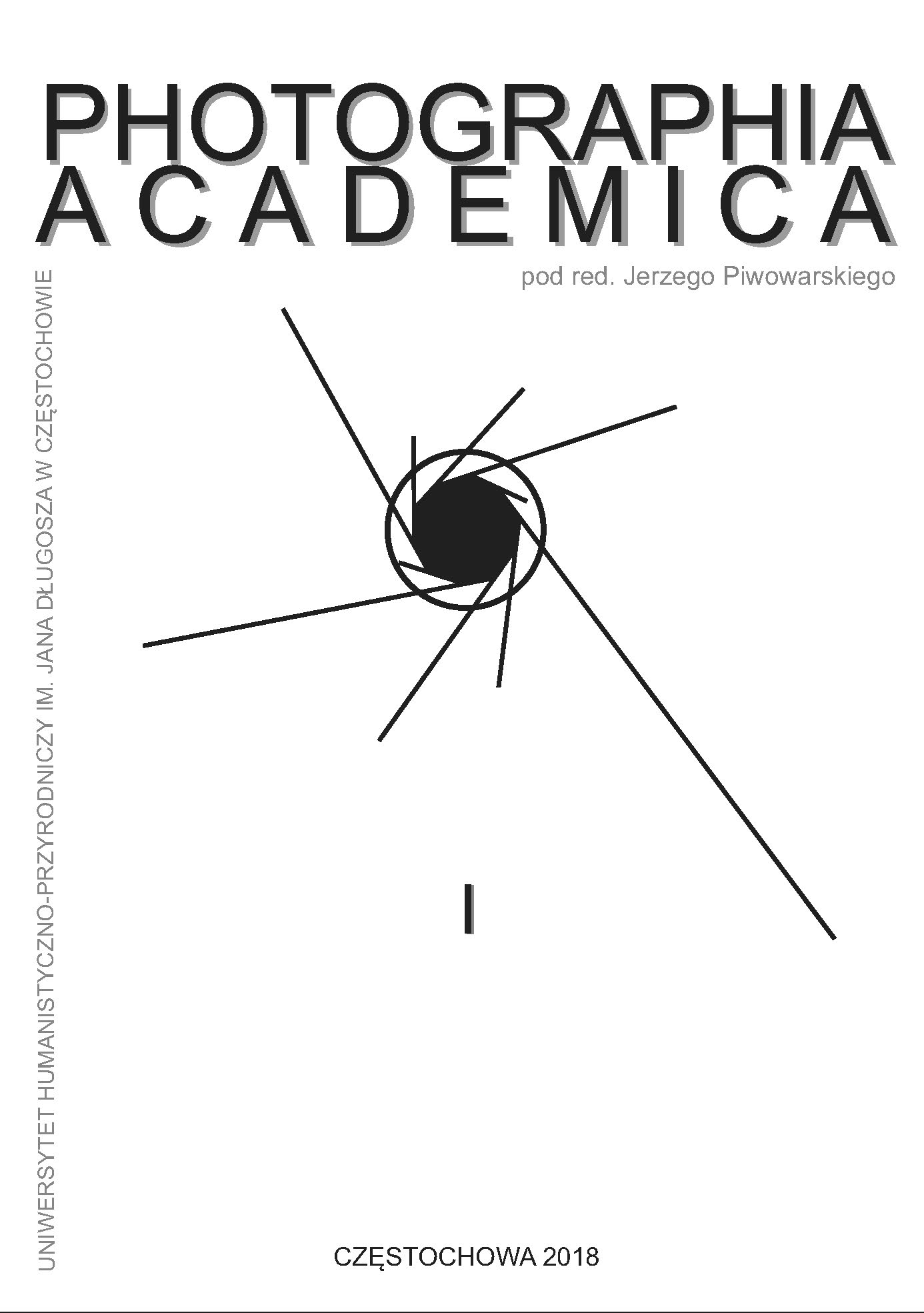Archive and creation. Alexander Honory’s Privates Institut für Neuzeitliche Familienfotografie
Keywords:
art installation, artists’ book, avant-garde, family album, family photography, found footage, neo-avant-garde, objets trouvés, vernacular photographyAbstract
Archives and creation are concepts belonging to different orders. Creation, however, has caused phenomena to arise in the art of recent decades, whose creators make direct use of the archive or are inspired by it. Among them, the most frequently used archive materials are photographs, which are treated as objets trouvés or photographic found footage. Generally they are family photographs or what is defined by a broader concept, vernacular photographs. In the 20th century, these phenomena occurred in the field of avant-garde and neo-avant-garde art and in the art of the 1980s and 1990s.
Alexander Honory is one of the examples of contemporary artists who use family photography. In 1979, he created the Privates Institut für Neuzeitliche Familienfotografie (Private Institute for Modern Family Photography). The collection gathered there on a scale of private possibilities performs not only archival and historical functions but is also a source of materials for the founder’s own work. Starting from the early 1990s, Honory using the Institute’s collection creates multi-element works most in the form of art installations or artists’ books.


